A valuation allowance on inventory refers to a process by which a company recognizes a potential loss in advance in its financial statements, when there is a risk that the value of inventory—products held or in production for future sale—may decline.
As semiconductor sales stagnated, inventory accumulated. Samsung Electronics projected that the value of these unsold chips would decline over time and preemptively recorded them as an operating loss.
Although the company is expected to disclose the exact size of the allowance during its earnings call, analysts believe the provision was far higher than anticipated. This is evident from the significant KRW 1.6 trillion gap between the market’s consensus estimate for operating profit (KRW 6.18 trillion) and the actual result (KRW 4.6 trillion).
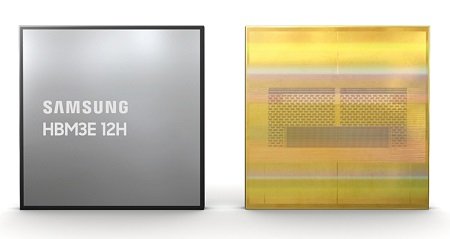
Source = Samsung Electronics
On a consolidated basis, second-quarter revenue came in at KRW 74 trillion, roughly flat year-on-year. However, operating profit fell back below the KRW 5 trillion mark for the first time in six quarters, since the industry bottomed out in Q4 2023 when Samsung recorded KRW 2.8247 trillion in profit.
Previously, Samsung Electronics had estimated a valuation allowance of KRW 5 trillion for 2024, significantly lower than the KRW 7.4 trillion it recorded in 2023. At the time, the memory market appeared to be recovering, led by demand for AI servers, and the company expected to begin supplying HBM to NVIDIA.
However, as of July, NVIDIA's quality testing of Samsung’s HBM products has shown no progress. In addition, U.S. government sanctions on semiconductor exports to China have also impacted Samsung. With weak sales in the U.S. and restricted access to the Chinese market, the company stated that “export restrictions on advanced AI chips to China led to sales limitations and related valuation allowances.”
Still, there is room for optimism in the second half of the year, as Samsung Electronics has already accounted for much of the loss in H1. The company noted, “Improved HBM products are currently being evaluated and shipped to each customer,” and added, “We also expect the non-memory segment to return to profitability gradually with recovering demand.”
Gwak Horyung (horr@fntimes.com)











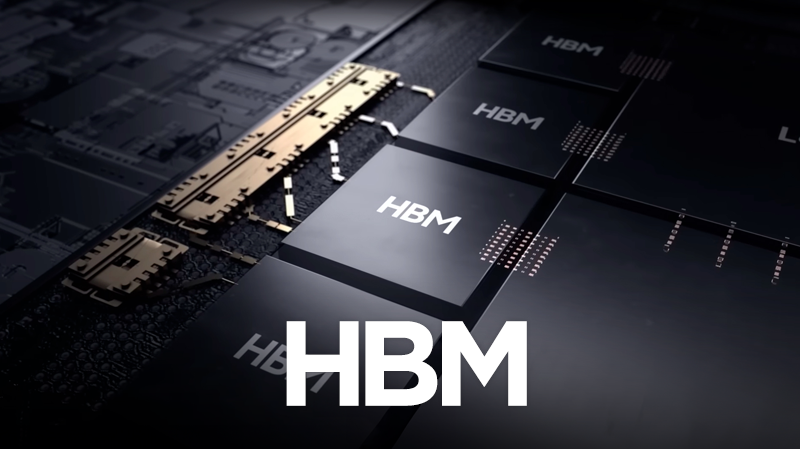
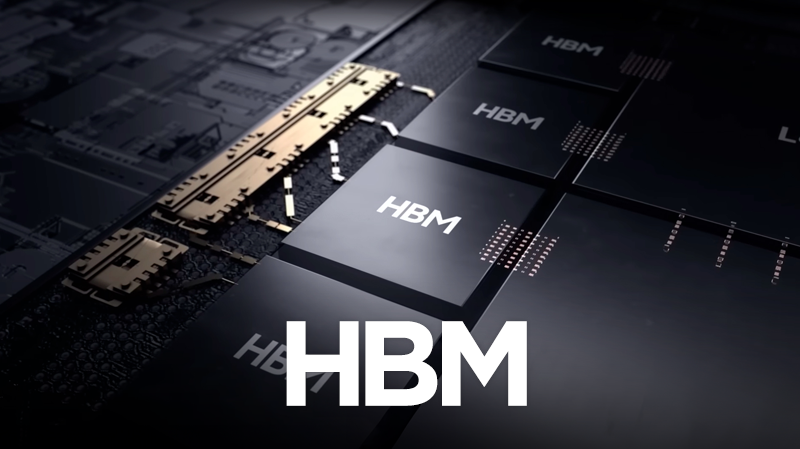

















![[ECM] '사천피' 무색, 'IPO 오버프라이싱' 수두룩](https://cfnimage.commutil.kr/phpwas/restmb_setimgmake.php?pp=006&w=69&h=45&m=5&simg=2025120500300303419a837df6494123820583.jpg&nmt=18)
![[DQN] 토스증권, 해외주식 수수료 수익 1위 ‘우뚝’…‘전통강자’ 미래에셋 제쳐](https://cfnimage.commutil.kr/phpwas/restmb_setimgmake.php?pp=006&w=69&h=45&m=5&simg=20251205154521066590f4390e77d12116014370.jpg&nmt=18)
![양 측 한 발 물러섰지만 시간 당 공임 인상률 합의 부결…정비업계·보험업계 의견 첨예 [자동차보험 정비수가]](https://cfnimage.commutil.kr/phpwas/restmb_setimgmake.php?pp=006&w=69&h=45&m=5&simg=20230310104359087848a55064dd111222114027.jpg&nmt=18)

![강태영號 농협은행, 부행장 인사 키워드 '69년생·전문성·생산적금융' [2026 농협금융 인적쇄신 - 은행]]](https://cfnimage.commutil.kr/phpwas/restmb_setimgmake.php?pp=006&w=69&h=45&m=5&simg=2025120105515000450b4a7c6999c121131189150.jpg&nmt=18)
![정진완號 우리은행, 본부ㆍ부서 늘리고 인력 대폭 조정...AX혁신·생산적금융 중심 조직개편 [2026 우리금융 인사ㆍ조직개편]](https://cfnimage.commutil.kr/phpwas/restmb_setimgmake.php?pp=006&w=69&h=45&m=5&simg=2025110414301202913300bf52dd221123419232.jpg&nmt=18)
![[프로필] 이석원 신한자산운용 사장 후보자…국민연금 기금운용본부 출신 운용 전문가](https://cfnimage.commutil.kr/phpwas/restmb_setimgmake.php?pp=006&w=69&h=45&m=5&simg=2025120515024403049179ad43907222110701.jpg&nmt=18)

![이찬우號 농협금융, 부사장 인사 키워드 '내부통제·리스크관리'…각 부문 전문가 발탁 [2026 농협금융 인적쇄신 - 은행]]](https://cfnimage.commutil.kr/phpwas/restmb_setimgmake.php?pp=006&w=69&h=45&m=5&simg=2025120513493707255300bf52dd2121131180157.jpg&nmt=18)









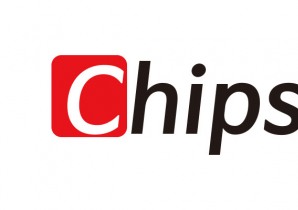
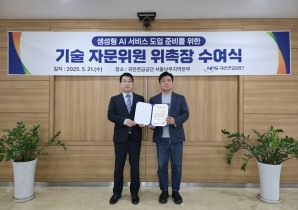

![[카드뉴스] KT&G, 제조 부문 명장 선발, 기술 리더 중심 본원적 경쟁력 강화](https://cfnimage.commutil.kr/phpwas/restmb_setimgmake.php?pp=006&w=298&h=298&m=1&simg=202509241142445913de68fcbb3512411124362_0.png&nmt=18)
![[카드뉴스] KT&G ‘Global Jr. Committee’, 조직문화 혁신 방안 제언](https://cfnimage.commutil.kr/phpwas/restmb_setimgmake.php?pp=006&w=298&h=298&m=1&simg=202503261121571288de68fcbb3512411124362_0.png&nmt=18)


![[카드뉴스] 국립생태원과 함께 환경보호 활동 강화하는 KT&G](https://cfnimage.commutil.kr/phpwas/restmb_setimgmake.php?pp=006&w=298&h=298&m=1&simg=202403221529138957c1c16452b0175114235199_0.png&nmt=18)
![[신간] 고수의 M&A 바이블](https://cfnimage.commutil.kr/phpwas/restmb_setimgmake.php?pp=006&w=81&h=123&m=5&simg=2025091008414900330f8caa4a5ce12411124362.jpg&nmt=18)
![[신간] 리빌딩 코리아 - 피크 코리아 극복을 위한 생산성 주도 성장 전략](https://cfnimage.commutil.kr/phpwas/restmb_setimgmake.php?pp=006&w=81&h=123&m=5&simg=2025032814555807705f8caa4a5ce12411124362.jpg&nmt=18)
![[서평] 추세 매매의 대가들...추세추종 투자전략의 대가 14인 인터뷰](https://cfnimage.commutil.kr/phpwas/restmb_setimgmake.php?pp=006&w=81&h=123&m=5&simg=2023102410444004986c1c16452b0175114235199.jpg&nmt=18)

![[신간] 조금 느려도 괜찮아...느림 속에서 발견한 마음의 빛깔](https://cfnimage.commutil.kr/phpwas/restmb_setimgmake.php?pp=006&w=81&h=123&m=5&simg=20251105082239062852a735e27af12411124362.jpg&nmt=18)

![[AD] 기아 ‘PV5’, 최대 적재중량 1회 충전 693km 주행 기네스 신기록](https://cfnimage.commutil.kr/phpwas/restmb_setimgmake.php?pp=006&w=89&h=45&m=1&simg=20251105115215067287492587736121125197123.jpg&nmt=18)
![[카드뉴스] KT&G, 제조 부문 명장 선발, 기술 리더 중심 본원적 경쟁력 강화](https://cfnimage.commutil.kr/phpwas/restmb_setimgmake.php?pp=006&w=89&h=45&m=1&simg=202509241142445913de68fcbb3512411124362_0.png&nmt=18)
![[AD]‘황금연휴에 즐기세요’ 기아, ‘미리 추석 페스타’ 이벤트 실시](https://cfnimage.commutil.kr/phpwas/restmb_setimgmake.php?pp=006&w=89&h=45&m=1&simg=20250903093618029117492587736121166140186.jpg&nmt=18)
![[AD]‘패밀리카 선두 주자’ 기아, ‘The 2026 카니발’ 출시](https://cfnimage.commutil.kr/phpwas/restmb_setimgmake.php?pp=006&w=89&h=45&m=1&simg=2025081810452407346749258773621116810840.jpg&nmt=18)
![[AD] ‘상품성↑가격↓’ 현대차, 2025년형 ‘아이오닉 5’·‘코나 일렉트릭’ 출시](https://cfnimage.commutil.kr/phpwas/restmb_setimgmake.php?pp=006&w=89&h=45&m=1&simg=202505131018360969274925877362115218260.jpg&nmt=18)



